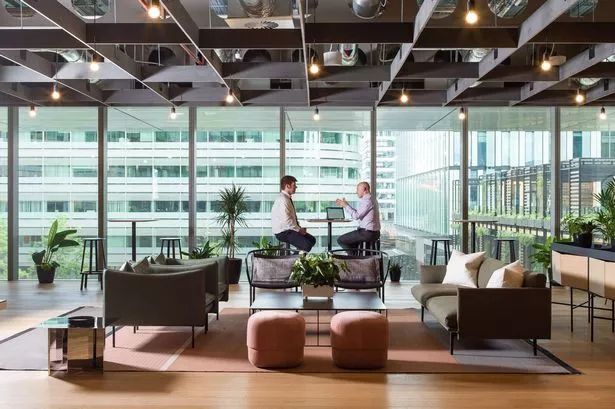The office has long been synonymous with professional life, serving as the hub for collaboration, innovation, and productivity. However, the concept of an 오피스타 has evolved significantly over the years, adapting to societal changes, technological advancements, and shifting work cultures. In today’s digital age, the office represents more than just a physical space; it embodies a dynamic environment that fosters creativity, connectivity, and efficiency.
A Changing Landscape
Traditionally, offices were rigid, structured spaces characterized by cubicles, fixed desks, and hierarchical layouts. However, the advent of technology and the rise of remote work have reshaped this landscape. Flexible work arrangements, shared workspaces, and remote collaboration tools have revolutionized the way people perceive and utilize office spaces.
The concept of the office has transcended its physical boundaries, allowing individuals to work from anywhere with an internet connection. This shift has led to the emergence of co-working spaces, where professionals from diverse industries share communal areas, encouraging networking, idea exchange, and a sense of community.
Design and Functionality
Modern offices prioritize functionality, comfort, and employee well-being. Ergonomic furniture, natural lighting, and open layouts are common features aimed at enhancing productivity and creating a more pleasant work environment. Moreover, the incorporation of breakout zones, recreational areas, and relaxation spaces acknowledges the importance of work-life balance and mental health in today’s work culture.
Technology plays a pivotal role in shaping office design. Smart offices equipped with IoT devices, advanced communication tools, and integrated systems streamline operations, facilitate seamless collaboration, and promote efficiency. Cloud-based platforms enable real-time collaboration among teams spread across different locations, fostering a culture of connectivity and innovation.


